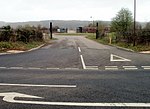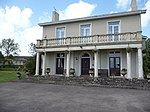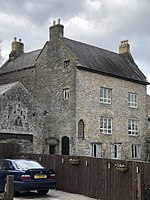Venta Silurum
1st-century establishments in Roman Britain70s establishments in the Roman Empire75 establishmentsArchaeological museums in WalesArchaeological sites in Monmouthshire ... and 9 more
Buildings and structures in MonmouthshireCadwFormer populated places in WalesHistory of MonmouthshireMuseums of ancient Rome in WalesRoman towns in WalesRuins in WalesScheduled monuments in MonmouthshireTourist attractions in Monmouthshire

Venta Silurum was a town in Roman Britain (Britannia). Today it consists of remains in the village of Caerwent in Monmouthshire, south east Wales. Much of it has been archaeologically excavated and is on display to the public. The nearby Newport Museum has many of the finds on display.
Excerpt from the Wikipedia article Venta Silurum (License: CC BY-SA 3.0, Authors, Images).Venta Silurum
Kilpale Close,
Geographical coordinates (GPS) Address External links Nearby Places Show on map
Geographical coordinates (GPS)
| Latitude | Longitude |
|---|---|
| N 51.611 ° | E -2.768 ° |
Address
Caerwent Roman Town
Kilpale Close
NP26 5AG , Caerwent
Wales, United Kingdom
Open on Google Maps






